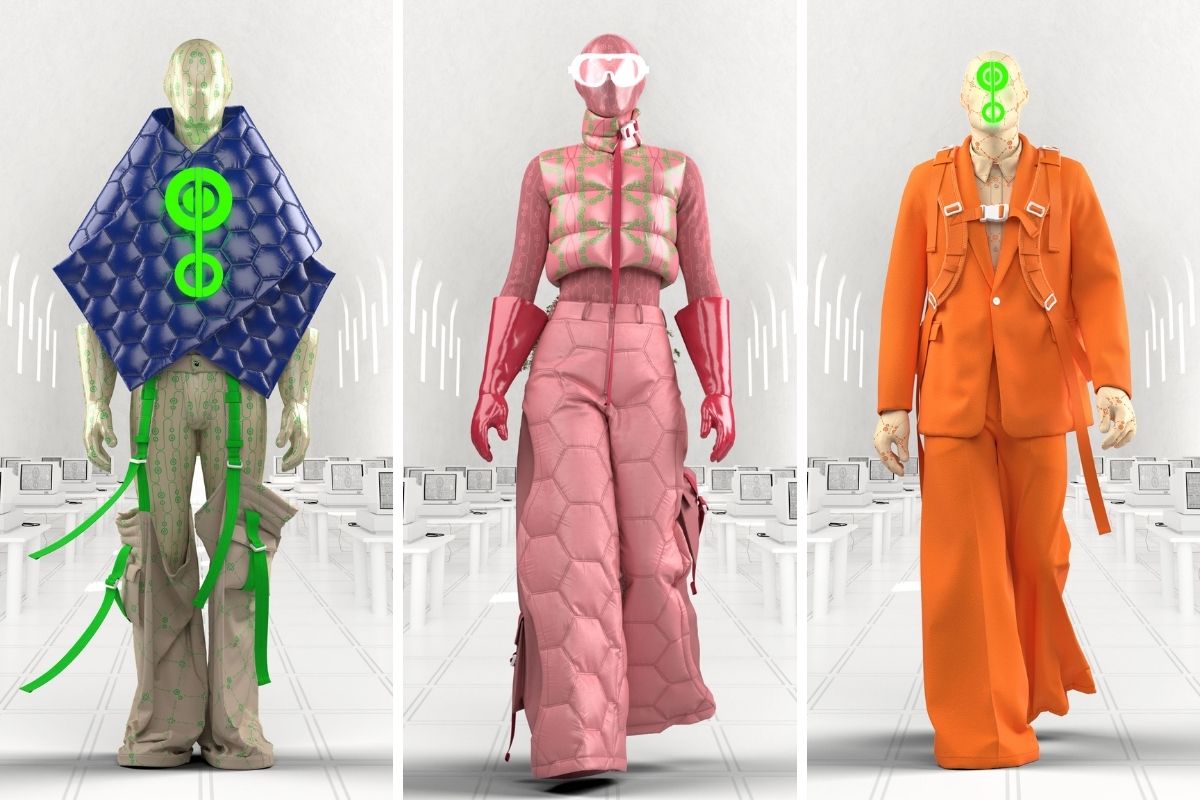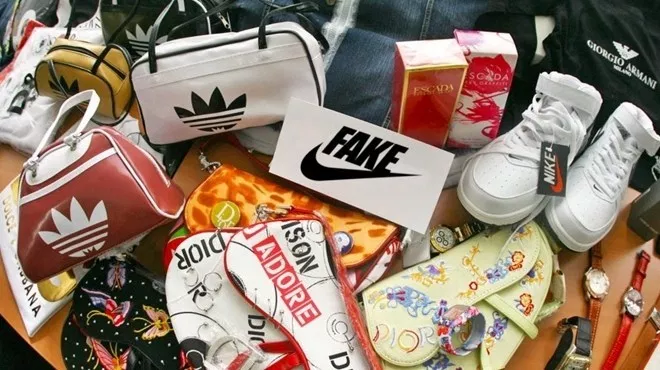Fashion is constantly evolving, yet if you take a closer look, it’s clear that many “new” trends are old styles making a comeback. From flared jeans and corsets to Y2K mini skirts and 90s grunge, the fashion industry thrives on recycling past trends and presenting them as fresh and exciting. But why does fashion keep looking to the past instead of inventing something entirely new?
The 20-Year Cycle: Fashion’s Time Machine
One of the biggest reasons fashion trends keep returning is the 20-year cycle—a pattern in which styles from about two decades ago resurface in popularity. This explains why:
The 70s bohemian look returned in the 90s
90s grunge and minimalism made a comeback in the 2010s
Y2K (2000s) fashion, with its low-rise jeans and shiny fabrics, is trending in the 2020s
This cycle happens because younger generations, who were too young to wear these styles the first time, discover them and give them new life. At the same time, nostalgia plays a role, drawing older generations back to the trends they once loved.
Nostalgia: The Emotional Power of Fashion
Fashion is deeply connected to emotion and memory. A particular style can remind people of happier times, cultural moments, or personal experiences. Designers and brands tap into this by reviving trends that trigger nostalgia.
For example:
Retro sneakers like Air Jordans and Adidas Superstars recall the 80s and 90s hip-hop culture.
Vintage band tees and flannel shirts return memories of the 90s grunge scene.
Corsets and Victorian-inspired silhouettes reflect a fascination with historical elegance.
Nostalgia sells because people want to reconnect with the past, especially in times of uncertainty. After the 2020 pandemic, many old-school fashion trends resurfaced as people sought comfort in familiar styles.
Social Media and the Viral Revival
Platforms like TikTok, Instagram, and Pinterest have made it easier than ever for old trends to resurface. A single viral post can bring back a forgotten style overnight. Social media influencers and celebrities play a significant role in reviving past trends by styling them in new ways.
For example:
The resurgence of cargo pants happened after celebrities and influencers began wearing them in streetwear looks.
Y2K fashion’s comeback was fueled by TikTok users rediscovering early 2000s icons like Britney Spears and Paris Hilton.
The 70s and 80s aesthetics gained popularity thanks to shows like Stranger Things, which made retro fashion cool again.
Sustainability and the Rise of Second-Hand Fashion
As consumers become more environmentally conscious, vintage and thrifted fashion have become more desirable. Shopping second-hand reduces waste and allows people to wear unique, timeless pieces. This shift has encouraged brands to re-release classic designs rather than constantly producing new, disposable trends.
Conclusion
Fashion is a never-ending cycle of reinvention. The industry recycles past trends because nostalgia, social media, and sustainability make them profitable and desirable. While innovations always emerge, fashion will continue to look to the past for inspiration—because what’s old will always become new again.




